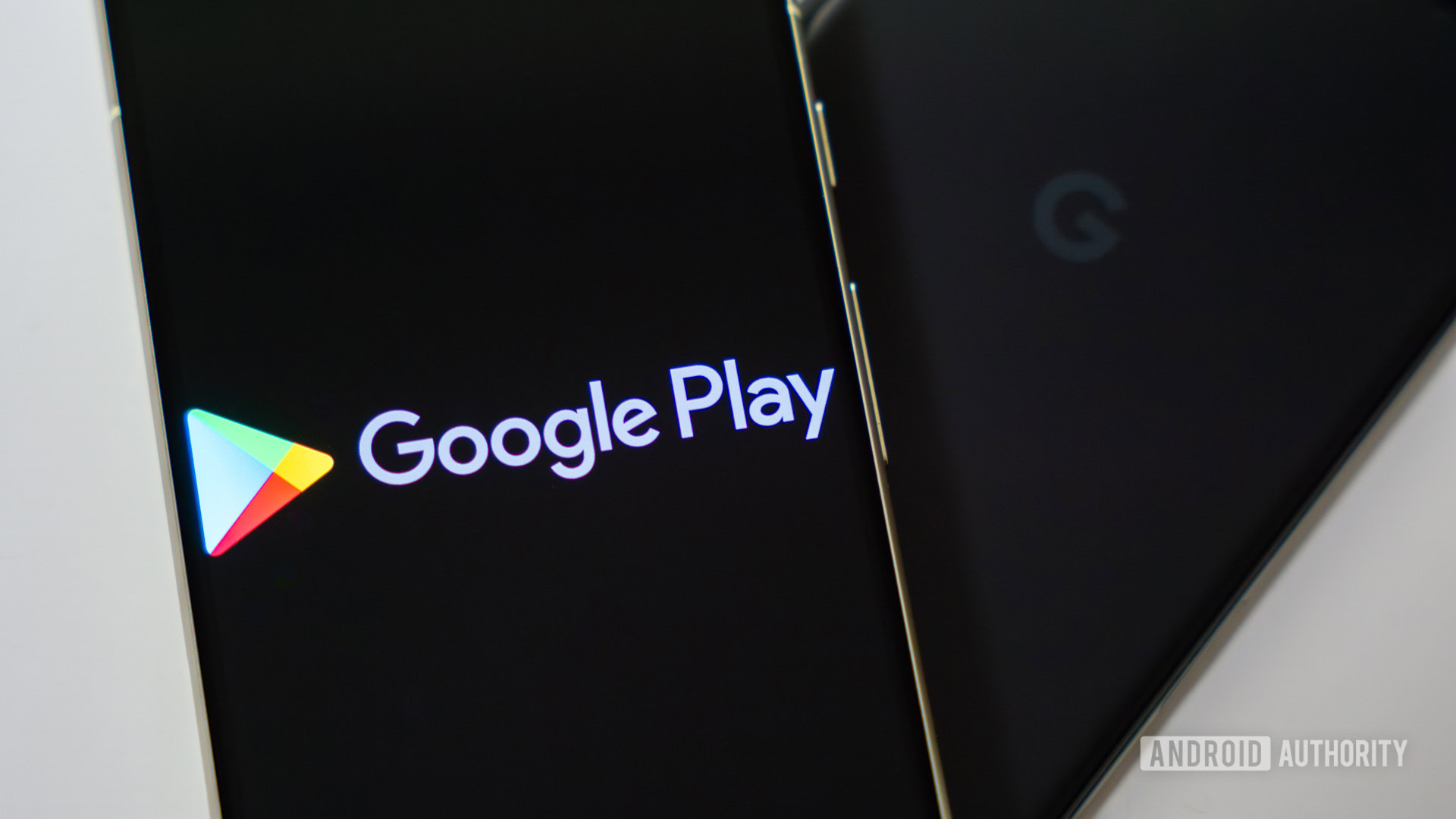Sci-Tech
The women in AI making a difference

To give AI-focused women academics and others their well-deserved — and overdue — time in the spotlight, TechCrunch is launching a series of interviews focusing on remarkable women who’ve contributed to the AI revolution. We’ll publish several pieces throughout the year as the AI boom continues, highlighting key work that often goes unrecognized. Read more profiles here.
As a reader, if you see a name we’ve missed and feel should be on the list, please email us and we’ll seek to add them. Here’s some key people you should know:
The gender gap in AI
In a New York Times piece late last year, the Gray Lady broke down how the current boom in AI came to be — highlighting many of the usual suspects like Sam Altman, Elon Musk and Larry Page. The journalism went viral – not for what was reported, but instead for what it failed to mention: women.
The Times’ list featured 12 men — most of them leaders of AI or tech companies. Many had no training or education, formal or otherwise, in AI.
Contrary to the Times’ suggestion, the AI craze didn’t start with Musk sitting adjacent to Page at a mansion in the Bay. It began long before that, with academics, regulators, ethicists and hobbyists working tirelessly in relative obscurity to build the foundations for the AI and GenAI systems we have today.
Elaine Rich, a retired computer scientist formerly at the University of Texas at Austin, published one of the first textbooks on AI in 1983, and later went on to become the director of a corporate AI lab in 1988. Harvard professor Cynthia Dwork made waves decades ago in the fields of AI fairness, differential privacy and distributed computing. And Cynthia Breazeal, a roboticist and professor at MIT and the co-founder of Jibo, the robotics startup, worked to develop one of the earliest “social robots,” Kismet, in the late ’90s and early 2000s.
Despite the many ways in which women have advanced AI tech, they make up a tiny sliver of the global AI workforce. According to a 2021 Stanford study, just 16% of tenure-track faculty focused on AI are women. In a separate study released the same year by the World Economic Forum, the co-authors find that women only hold 26% of analytics-related and AI positions.
In worse news, the gender gap in AI is widening — not narrowing.
Nesta, the U.K.’s innovation agency for social good, conducted a 2019 analysis that concluded that the proportion of AI academic papers co-authored by at least one woman hadn’t improved since the 1990s. As of 2019, just 13.8% of the AI research papers on Arxiv.org, a repository for preprint scientific papers, were authored or co-authored by women, with the numbers steadily decreasing over the preceding decade.
Reasons for disparity
The reasons for the disparity are many. But a Deloitte survey of women in AI highlights a few of the more prominent (and obvious) ones, including judgment from male peers and discrimination as a result of not fitting into established male-dominated molds in AI.
It starts in college: 78% of women responding to the Deloitte survey said they didn’t have a chance to intern in AI or machine learning while they were undergraduates. Over half (58%) said they ended up leaving at least one employer because of how men and women were treated differently, while 73% considered leaving the tech industry altogether due to unequal pay and an inability to advance in their careers.
The lack of women is hurting the AI field.
Nesta’s analysis found that women are more likely than men to consider societal, ethical and political implications in their work on AI — which isn’t surprising considering women live in a world where they’re belittled on the basis of their gender, products in the market have been designed for men, and women with children are often expected to balance work with their role as primary caregivers.
With any luck, TechCrunch’s humble contribution — a series on accomplished women in AI — will help move the needle in the right direction. But there’s clearly a lot of work to be done.
The women we profile share many suggestions for those who wish to grow and evolve the AI field for the better. But a common thread runs throughout: strong mentorship, commitment and leading by example. Organizations can affect change by enacting policies — hiring, education or otherwise — that elevate women already in, or looking to break into, the AI industry. And decision-makers in positions of power can wield that power to push for more diverse, supportive workplaces for women.
Change won’t happen overnight. But every revolution begins with a small step.
Sci-Tech
Russia’s Space Chief Finally Admits US Landed on Moon

“Russia has finally admitted that American astronauts did, in fact, land on the moon,” reports Newsweek:
Head of Russian Space Corporation Roscosmos, Yuri Borisov, accepted the truth of the U.S. putting a man on the moon in an address to the State Duma, Intellinews has reported.
“As for whether the Americans were on the Moon or not, I have one fact to share,” he was reported to have said. “I was personally interested in this matter. At one time, they provided us with a portion of the lunar soil that the astronauts brought back during their expedition.” Previous polling revealed that just under half of Russians believe America’s 1969 moon landing was a government hoax. However, Borisov said that tests performed on the samples by the Russian Academy of Scientists confirmed their authenticity.
Sci-Tech
The Play Store could soon display app ratings you actually care about (APK teardown)


Edgar Cervantes / Android Authority
TL;DR
- Google could make it easier to view Play Store app ratings by form factor, according to our teardown.
- The company might add ratings directly to device chips seen in app listings.
- This would save users time and a tap compared to the current method of viewing ratings by form factor.
The Google Play Store does a solid job of catering to various form factors these days. We’ve got icons to denote apps that support tablets and Chromebooks, and we’ve even got app ratings for each form factor. Now, it looks like Google will make another small but welcome change.
An APK teardown helps predict features that may arrive on a service in the future based on work-in-progress code. However, it is possible that such predicted features may not make it to a public release.
Leaker AssembleDebug and Android Authority dug into version 41.7.16-31 of the Google Play Store, discovering a more convenient way to view app ratings by form factor. Check out the second screenshot below.
Play Store app listings currently show chips for various form factors (i.e. phone, Chromebook, tablet). Users can tap one of these chips to view the app rating for that form factor. However, this latest change will see app ratings displayed inside these chips — no need to tap on them.
This is a small but welcome tweak, saving users a tap and a few seconds of their time. So we hope to see this change coming to the Play Store sooner rather than later.
This isn’t the only recent change we spotted in the Play Store. We previously discovered that the store could automatically open newly installed apps, while Google is also working on another layer of security when installing or updating apps.
Sci-Tech
How to watch Ariane 6 rocket’s maiden launch on Tuesday


The European Space Agency (ESA) is about to conduct the maiden launch of its new Ariane 6 rocket. The new rocket builds on five decades of Ariane launches, and gives Europe a new spaceflight system for launching any type of satellite around Earth, to the moon, and beyond.
In the words of its operator, Arianespace, the new rocket will provide “new levels of efficiency and flexibility to meet customers’ evolving launch services needs across a full range of commercial and institutional missions.”
Arianespace is building two versions of the 63-meter-tall Ariane 6. Ariane 62 will fly with two strap-on boosters, while the more powerful Ariane 64 will fly with four.
Commenting on the upcoming launch, ESA said: “This is a big moment for Europe, as the rocket will ensure our guaranteed, autonomous access to space — and all of the science, Earth observation, technology development, and commercial possibilities that it entails. With many features brand new to Ariane 6, we’ll be able to carry more and take it further, while sustainably disposing of the launcher’s upper stage to prevent it becoming space debris.”
How to watch
Ariane 6 is scheduled to launch from Europe’s Spaceport in French Guiana on Tuesday, 9 July, with a four-hour launch window opening from 2 p.m. ET.
The launch will be streamed live on ESAWebTV and the broadcast will begin half an hour before liftoff. You can also watch it via ESA’s YouTube channel, which we’ve embedded at the top of this page.
What to expect
Ariane 6’s maiden flight will comprise three phases, each of which will demonstrate the various abilities of Europe’s newest heavy-lift rocket.
Phase one will include the launch and early stage of the flight, as well as the separation of the rocket’s main stage from the upper stage. It also involves the first boost of the upper stage’s Vinci engine to take it into an elliptical orbit above Earth.
The second phase will put Ariane 6’s newest feature to the test — reignition of the upper stage to change Ariane 6’s orbit from elliptical to a circular orbit. It will then deploy three satellites — OOV-Cube, Curium One and Robusta-3A — and activate of two onboard experiments, YPSat and Peregrinus.
A few seconds later, the second batch of satellites will deploy — 3Cat-4, ISTSat, and GRBBeta. The last two experiments will also be activated, SIDLOC and Parisat. A third separation command will then deploy CURIE and replicator.
The final phase will push the rocket’s cryogenic upper stage to its limit to validate its ability to perform in microgravity conditions. Two reentry capsules will also separate from the upper stage and descend to Earth by surviving a fiery re-entry through the atmosphere.
With the mission complete, the upper stage will burn up in Earth’s atmosphere to avoid becoming another piece of hazardous space junk.
-

 African History5 years ago
African History5 years agoA Closer Look: Afro-Mexicans 🇲🇽
-

 African History5 months ago
African History5 months agoBlack History Facts I had to Learn on My Own pt.6 📜
-

 African History5 years ago
African History5 years agoA Closer Look: Afro-Mexicans 🇲🇽
-

 African History1 year ago
African History1 year agoMajor African Tribes taken away during the Atlantic Slave Trade🌍 #slavetrade #africanamericanhistory
-

 African History1 year ago
African History1 year agoCameroon 🇨🇲 World Cup History (1962-2022) #football #realmadrid #shorts
-

 African History5 months ago
African History5 months agoBlack History Inventors: Mary Kenner 🩸
-

 African History1 year ago
African History1 year agoPROOF AFRICAN AMERICANS AIN'T FROM AFRICA DOCUMENTED EVIDENCE
-

 African History1 year ago
African History1 year agoNo African pre-Columbus DNA? 🤯🤯 #history #mesoamerica #mexico #african




































